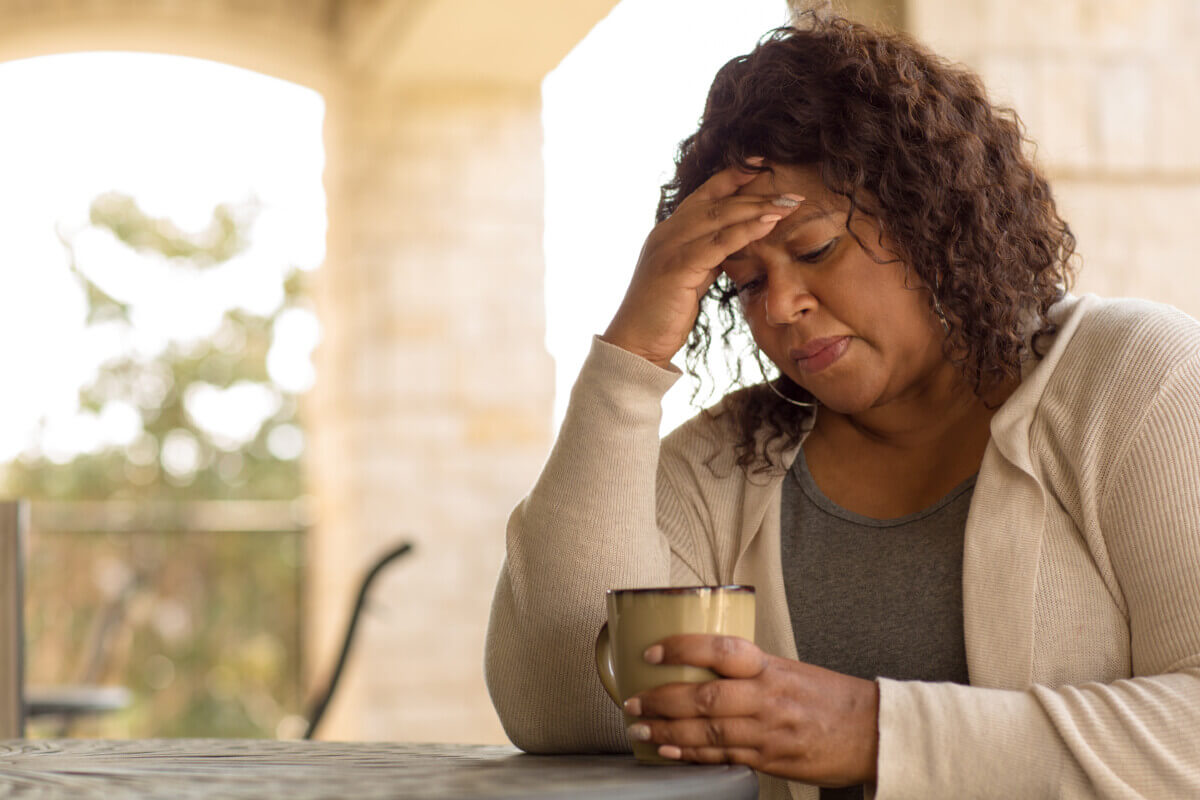
(© digitalskillet1 - stock.adobe.com)
WASHINGTON — Exposure to toxic metals can have a dire effect on a woman's ovaries. An alarming new study by a team with The Endocrine Society warns that middle-aged women exposed to toxic metals like arsenic, cadmium, mercury, and lead could have a reduced number of eggs in their ovaries as they near menopause.
The condition, known as diminished ovarian reserve, means having fewer eggs compared to others of the same age and is associated with various health issues.
Menopause, a normal part of aging for women, marks the end of monthly periods. It typically starts between ages 45 and 55 and lasts about seven years. This period, known as the menopausal transition, can bring symptoms like changes in menstrual cycles, hot flashes, and night sweats.
The study highlights the impact of exposure to heavy metals in everyday life, common in drinking water, air pollution, and food contamination. These metals are endocrine-disrupting chemicals, which means they can interfere with the body's hormonal systems.
“Widespread exposure to toxins in heavy metals may have a big impact on health problems linked to earlier aging of the ovaries in middle-aged women, such as hot flashes, bone weakening and osteoporosis, higher chances of heart disease and cognitive decline,” says study author Sung Kyun Park, an associate professor of epidemiology and environmental health sciences at the University of Michigan's School of Public Health, in a media release. “Our study linked heavy metal exposure to lower levels of Anti-Müllerian hormone (AMH) in middle-aged women. AMH tells us roughly how many eggs are left in a woman's ovaries–it's like a biological clock for the ovaries that can hint at health risks in middle age and later in life.”

The research involved 549 middle-aged women from the Study of Women’s Health Across the Nation (SWAN), who were transitioning to menopause and showed traces of heavy metals in their urine. The team examined Anti-Müllerian hormone (AMH) levels in these women, using blood tests conducted up to 10 years before their final menstrual periods. AMH serves as a biological clock for the ovaries, indicating the number of remaining eggs and potential health risks in middle age and beyond.
The findings showed that higher levels of metal in urine correlated with lower AMH levels, signaling diminished ovarian reserve.
“Metals, including arsenic and cadmium, possess endocrine disrupting characteristics and may be potentially toxic to the ovaries,” explains Park. “We need to study the younger population as well to fully understand the role of chemicals in diminished ovarian reserve and infertility.”
The study was funded by various national health institutes and provides crucial insights into how environmental factors impact women's reproductive health as they age.
The study is published in The Journal of Clinical Endocrinology & Metabolism.










